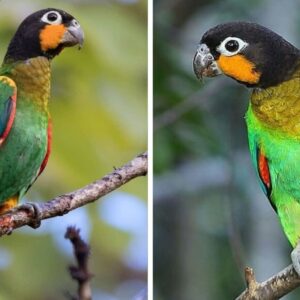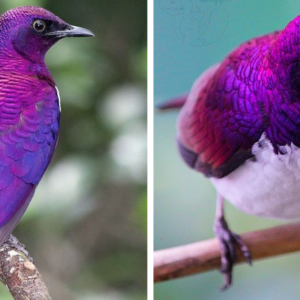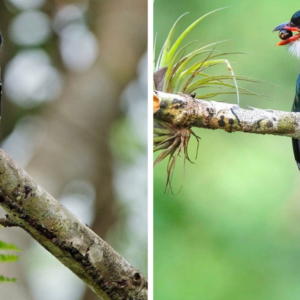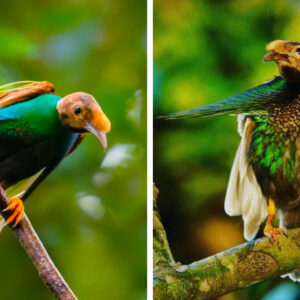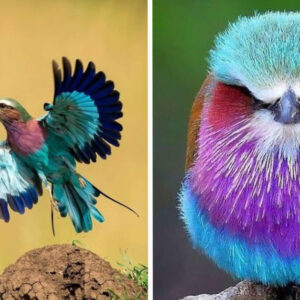A small yet colorful bird wearing a tastefully decorated finely flecked crown.
Meet the Red-browed Pardalote
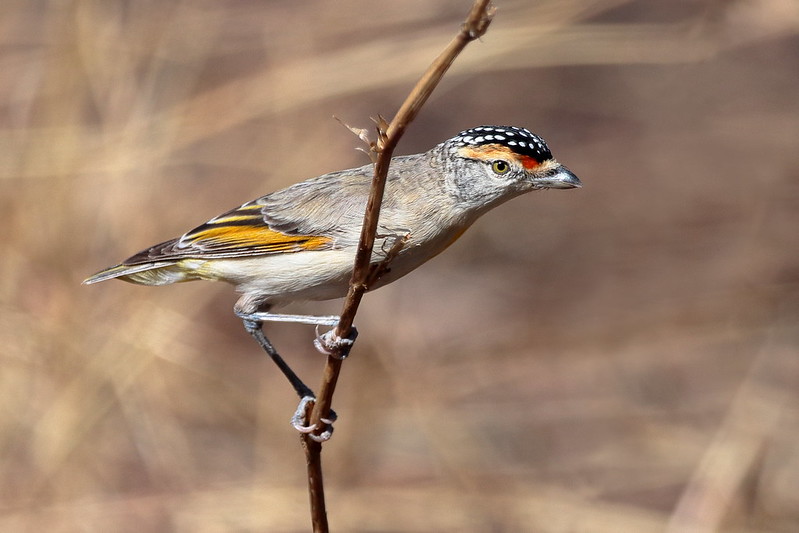

Photo Courtesy of Graham Winterflood / CC BY-SA 2.0
The red-browed pardalote (Pardalotus rubricatus) measures 105 mm in length and weighs in at around 10.9 grams. The nominate race has a black crown finely flecked with white spots and a buff to yellow supercilium. They have a red to orange-red brow and a yellow breast with yellow wing panels. The iris of this bird is pale.
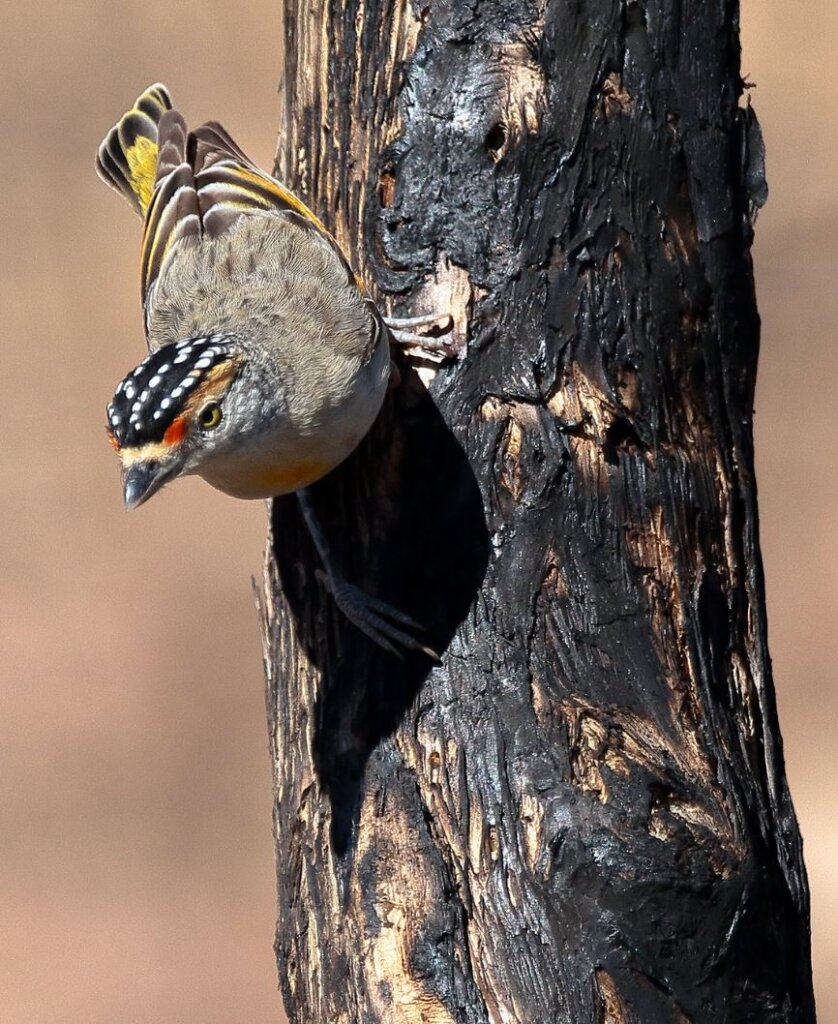

Photo Courtesy of Graham Winterflood / CC BY-SA 2.0
Males and females look similar though females are slightly smaller.
Juvenile birds tend to be paler when compared to their adult counterparts.
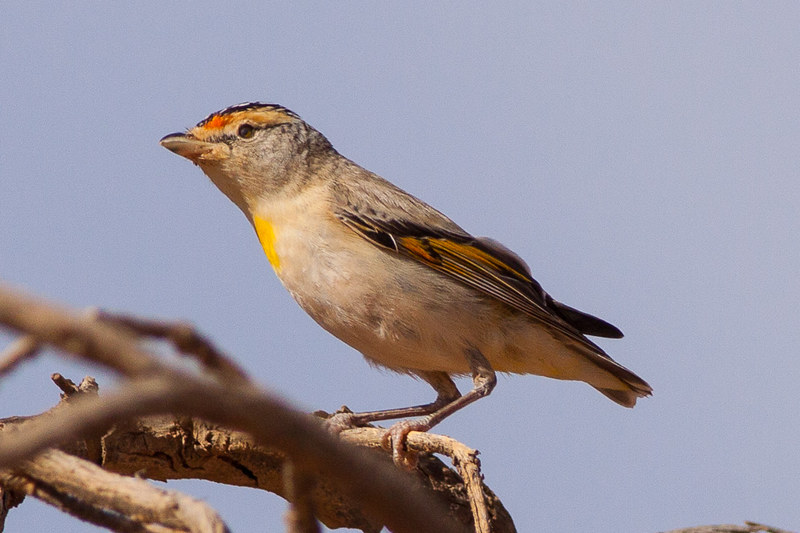
Photo Courtesy of Ron Knight / CC BY 2.0
This bird is found in and endemic to Australia.


These birds can be found in a wide range of habitats including woodlands, shrublands, tropical, arid, and semi-arid regions of Australia.


Being arboreal, these birds spend most of their time foraging in eucalyptus trees. They use their ‘scoop-shaped’ bill to glean insects and lerps (exudates of psyllids) from leaf surfaces. They will also dine on insects such as beetles, gum leaf beetle (Paropsis species), flies, mosquitoes, flowerflies, leafhoppers, shield bugs, psyllids, bees, ants, wasps, and vegetable matter.

Red-browed pardalote breed between July and December and after rainfall in more arid areas. Monogamous pairs maintain a breeding territory when both the male and female build a tunnel 6-122 cm long ending in a nesting chamber 10-12.7 cm deep, and 6.3 to 10 cm wide. This nest can be found in sandy banks, gullies, cuttings, sand dunes, and or sand cliffs. They may also nest in tree hollows, spouts, or hollow branches using strips of bark and horsehair, lining the interior with fine grass or bark, shaped into a rounded cup within the chamber. Up to four white eggs are laid within and incubated by both sexes who will both subsequently feed the chicks once they hatch.
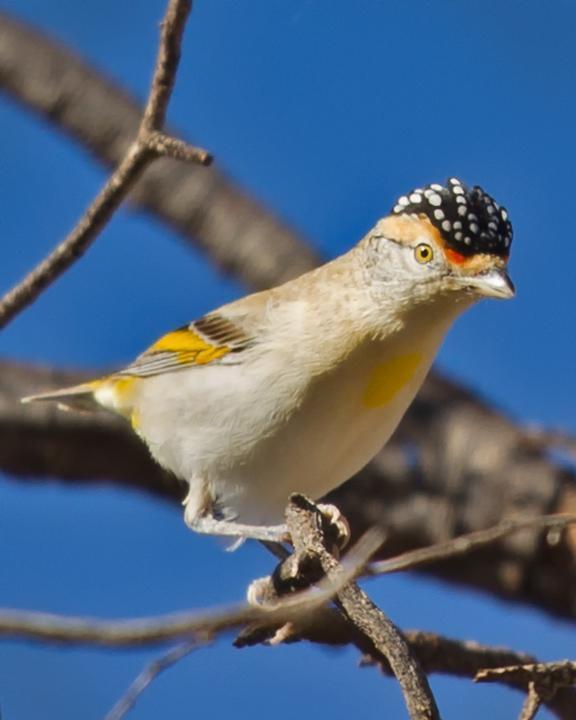

This bird has been categorized as of least concern on the IUCN Red Least with its population thought to be stable.
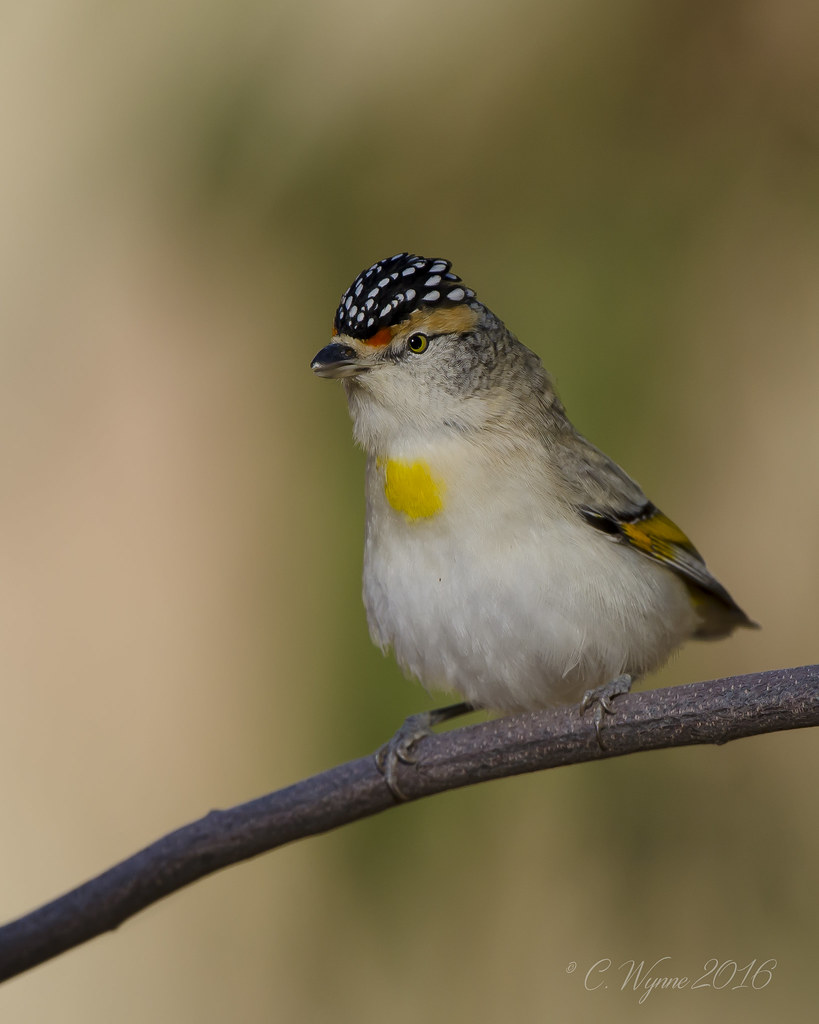

You can watch and listen to this bird right here below:
https://youtube.com/watch?v=ewH6pHy3nxA%3Ffeature%3Doembed
